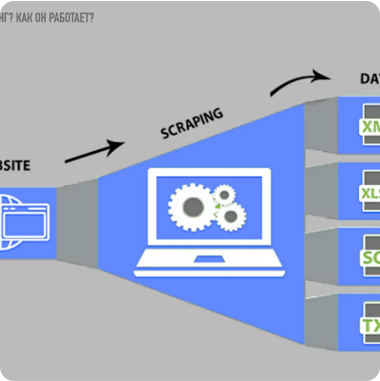DOCUMENTS ANNOTATION SERVICES
What is Documents Annotation?
Types of Document Annotation Services
How we Deliver Document Annotation Projects
We are committed to delivering Document Annotation Projects with precision, efficiency, and client satisfaction at the forefront. Our process consists of several key stages, each meticulously designed to ensure accuracy, quality, and timely delivery.
Document Annotation Use Cases
Legal and Compliance
In the legal industry, document annotation is used for contract analysis, legal document classification, and identification of regulatory compliance issues. Annotations aid in extracting clauses, identifying legal entities, and flagging potential risks within documents.
Healthcare and Life Sciences
In healthcare, document annotation is used for clinical data analysis, medical transcription, and electronic health record (EHR) management. Annotations assist in identifying medical entities, extracting patient information, and supporting disease diagnosis and treatment planning.
Finance and Banking
In finance and banking, document annotation facilitates sentiment analysis of market news, categorization of financial documents such as loan applications, and detection of fraudulent activities. Annotations support risk assessment, compliance monitoring, and customer sentiment analysis.
Customer Service and Support
In customer service, document annotation is used for email categorization, sentiment analysis of customer feedback, and chatbot development. Annotations enable automated response generation, sentiment tracking, and issue resolution, improving customer service experiences.
Education and Research
In education, document annotation is used for academic text mining, plagiarism detection, and curriculum development. Annotations assist in identifying key concepts, summarizing research papers, and categorizing educational resources.
Marketing and Advertising
In marketing, document annotation is used for social media sentiment analysis, topic modeling, and content categorization. Annotations provide insights into consumer opinions, trends, and preferences, informing marketing strategies and campaign targeting.
Government and Public Services
In government agencies, document annotation is used for public opinion analysis, information extraction from government documents, and language translation services. Annotations support policy-making, citizen engagement, and multilingual communication.
Manufacturing and Engineering
In manufacturing, document annotation is used for technical documentation management, defect detection, and supply chain optimization. Annotations support extracting specifications from engineering drawings, categorizing maintenance logs, and analyzing manufacturing defect reports.
Human Resources and Recruitment
In human resources, document annotation is used for resume parsing, job matching, and sentiment analysis of employee feedback. Annotations aid in identifying relevant skills, matching candidates to job openings, and assessing employee satisfaction.
Media and Publishing
In media and publishing, document annotation is used for content categorization, sentiment analysis of audience reactions, and recommendation systems. Annotations enable personalized content delivery, audience segmentation, and trend analysis.
Stages of work
-
Application
/01Leave a request on the website for a free consultation with an expert. Th e acco unt manager will guide you on the services, timelines, and price -
Free pilot
/02We will conduct a test pilot project for you and provide a golden set, based on which we will determine the final technical requirements and approve project metrics -
Agreement
/03We prepare a contract and all necessary documentation upon the request of your accountants and lawyers -
Workflow customization
/04We form a pool of suitable tools and assign an experienced manager who will be in touch with you regarding all project details -
Quality control
/05Data uploads for verification are done iteratively, allowing your team to review and approve collected/annotated data -
Post-payment
/06You pay for the work after receiving the data in agreed quality and quantity
Timeline
-
24 hoursApplication
-
24 hoursConsultation
-
1 to 3 daysPilot
-
1 to 5 daysConducting a pilot
-
1 day to several yearsCarrying out work on the project
-
1 to 5 daysQuality control
in the established quality and quantity
Why
Training Data
- Quality Assurance:
-
Enhanced Data Accuracy
-
Consistency in Labels
-
Reliable Ground Truth
-
Mitigation of Annotation Biases
-
Cost and Time Efficiency
- Data Security and Confidentiality:
-
GDPR Compliance
-
Non-disclosure agreement
-
Data Encryption
-
Multiple data storage options
-
Access Controls and Authentication
- Expert Team:
-
6 years in industry
-
35 top project managers
-
40+ languages
-
100+ countries
-
250k+ assessors
- Flexible and Scalable Solutions:
-
24/7 availability of customer service
-
100% post payment
-
$550 minimum check
-
Variable Workload
-
Customized Solutions







